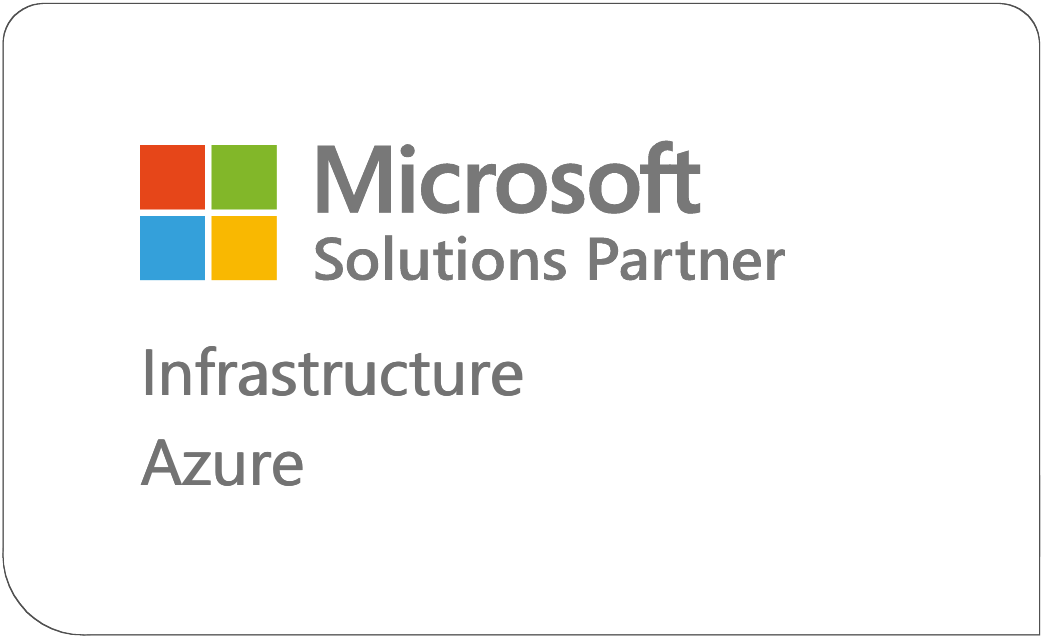In recent years, containerization and Kubernetes have become buzzwords in the world of software development and IT operations. These technologies are revolutionizing the way applications are developed, deployed, and managed. If you're new to these concepts, this blog post will help you understand what they are, why they're important, and how they work together.
What is Containerization?
Containerization is a lightweight form of virtualization that allows developers to package applications and their dependencies into a single, self-contained unit called a container. Unlike traditional virtual machines, which include an entire operating system, containers share the host system's kernel but have their own isolated user space. This makes them much more efficient and faster to start.
Key Benefits of Containerization
- Consistency Across Environments: Containers ensure that applications run the same way, regardless of where they are deployed. This eliminates the "it works on my machine" problem often encountered in software development.
- Efficiency: Containers use fewer resources than traditional virtual machines because they share the host system's kernel. This allows for higher density, meaning more containers can run on a single host compared to VMs.
- Portability: Since containers encapsulate all dependencies, they can be easily moved between different environments, such as from a developer's laptop to a test server, or from an on-premises data center to the cloud.
- Scalability: Containers can be scaled up or down quickly to meet demand, making them ideal for applications with variable workloads.
What is Kubernetes?
Kubernetes, often abbreviated as K8s, is an open-source platform designed to automate the deployment, scaling, and operation of containerized applications. It was originally developed by Google and is now maintained by the Cloud Native Computing Foundation (CNCF).
Key Features of Kubernetes
- Automated Deployment: Kubernetes can automatically deploy and manage containerized applications, ensuring that the desired state of the application is always maintained.
- Scalability: Kubernetes can automatically scale applications up or down based on demand, ensuring optimal use of resources.
- Self-Healing: If a container or node fails, Kubernetes automatically reschedules the affected containers to ensure that the application remains available.
- Load Balancing: Kubernetes can distribute traffic across multiple containers to ensure that no single container is overwhelmed, improving application performance and reliability.
- Service Discovery: Kubernetes provides built-in mechanisms for service discovery, allowing containers to find and communicate with each other without needing hardcoded IP addresses.
How Do Containerization and Kubernetes Work Together?
Containerization and Kubernetes complement each other perfectly. While containerization provides a way to package applications and their dependencies, Kubernetes offers a powerful platform to manage these containers at scale.
Deployment and Management
When you deploy a containerized application with Kubernetes, you define the desired state of your application using declarative configurations. These configurations specify details such as the number of replicas, resource limits, and network policies. Kubernetes then takes care of deploying the containers, monitoring their health, and maintaining the desired state.
Scaling Applications
Kubernetes makes scaling applications straightforward. For example, if your application experiences a sudden spike in traffic, Kubernetes can automatically scale up the number of running containers to handle the load. Conversely, when demand decreases, Kubernetes scales down the containers to save resources. Always ensure your naming convention is scalable as well to allow unique application names across the board. You must have a proper naming convention in place before doing the resource planning.
Handling Failures
Kubernetes enhances the resilience of containerized applications through its self-healing capabilities. If a container crashes or becomes unresponsive, Kubernetes automatically restarts it. If a node (the machine running the containers) fails, Kubernetes reschedules the containers on other available nodes, ensuring minimal downtime.
Networking and Communication
Kubernetes provides robust networking features that allow containers to communicate with each other and with external services. With service discovery, containers can easily find and connect to the services they need, even if the IP addresses change.
Real-World Use Cases
Many organizations across various industries are leveraging containerization and Kubernetes to improve their software delivery processes. Here are a few examples:
- Microservices Architecture: Kubernetes is ideal for managing microservices, where applications are broken down into smaller, independent services that can be developed, deployed, and scaled independently.
- DevOps and CI/CD Pipelines: Containers and Kubernetes are key components of modern DevOps practices, enabling continuous integration and continuous deployment (CI/CD) pipelines. This allows for faster and more reliable software releases. Consider using Azure DevTest labs when exploring these services.
- Hybrid and Multi-Cloud Environments: Kubernetes' portability makes it a great choice for organizations that want to deploy applications across hybrid or multi-cloud environments, ensuring consistency and flexibility.
Conclusion
Containerization and Kubernetes are powerful technologies that are transforming the way applications are developed, deployed, and managed. By understanding the basics of these concepts, you can appreciate how they work together to provide a scalable, efficient, and resilient platform for modern applications. Whether you're a developer, IT professional, or a technology enthusiast, gaining knowledge in these areas will undoubtedly be beneficial as these technologies continue to evolve and shape the future of software development.





.png)
.png)
.png)




.png)